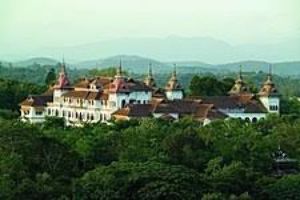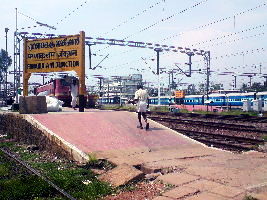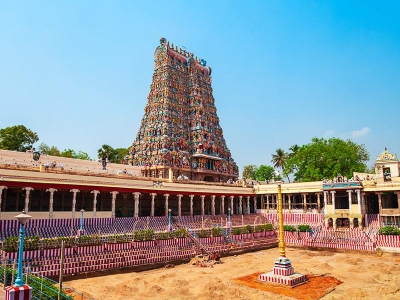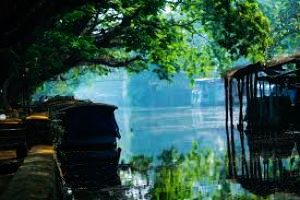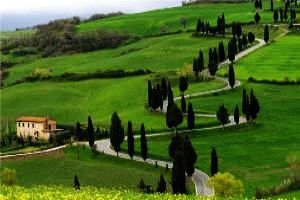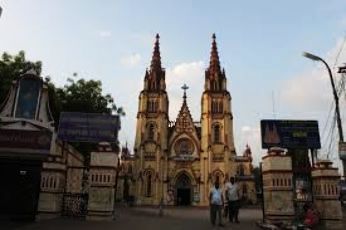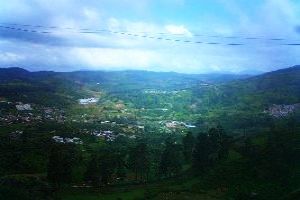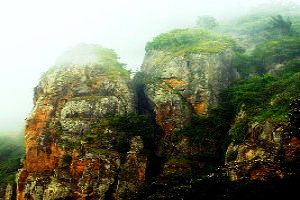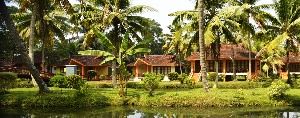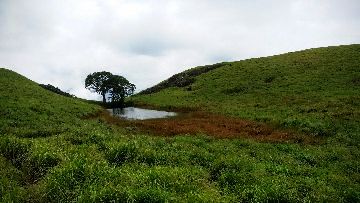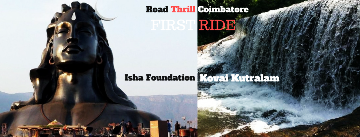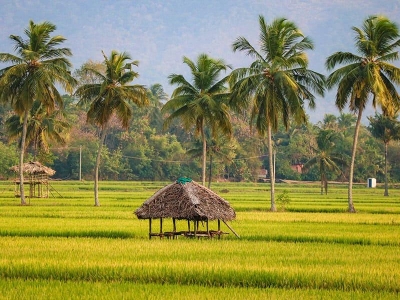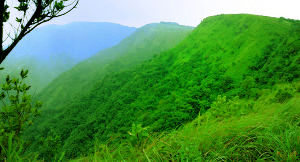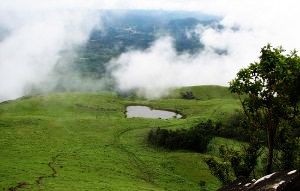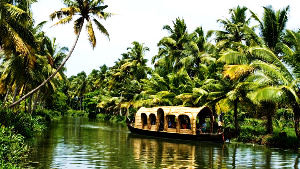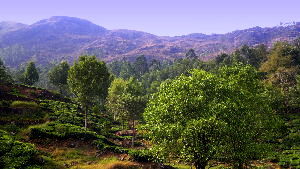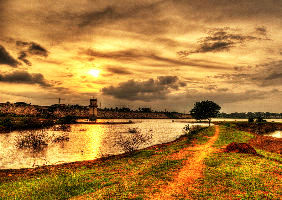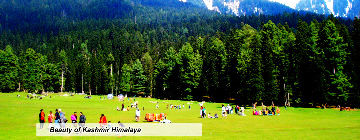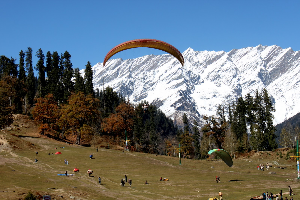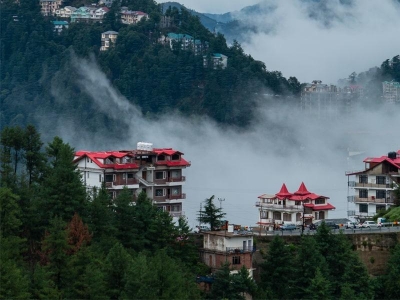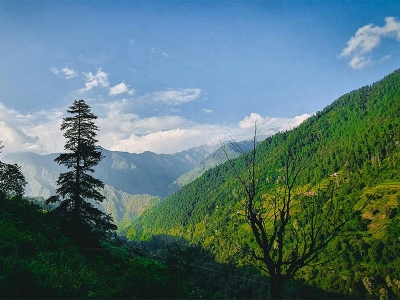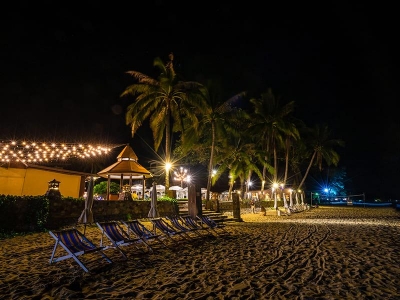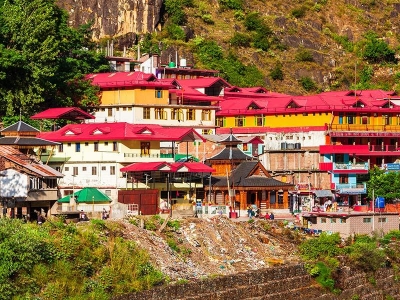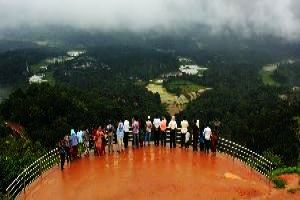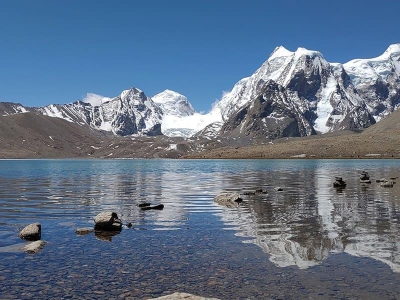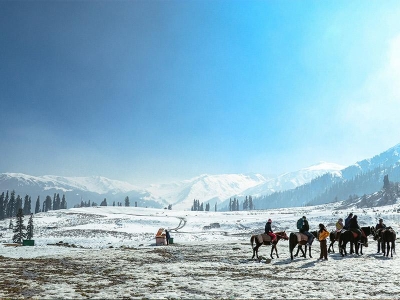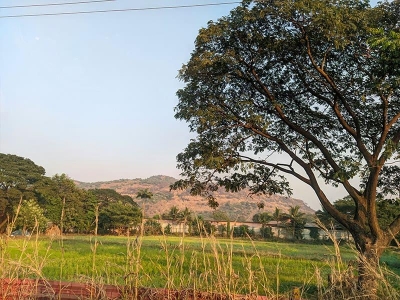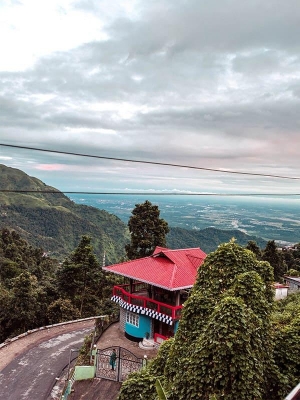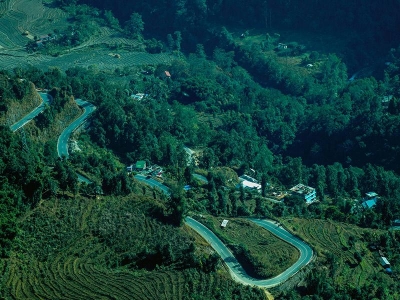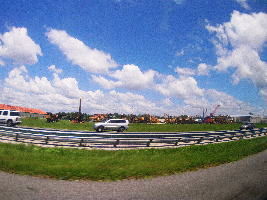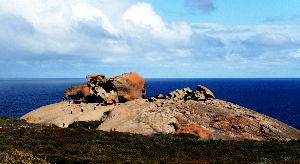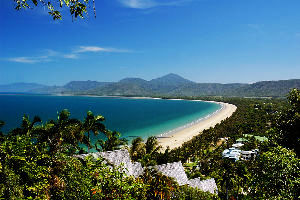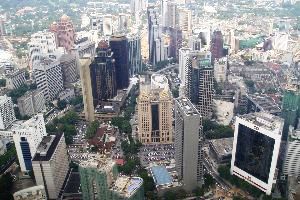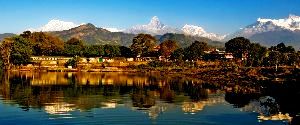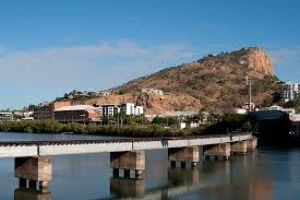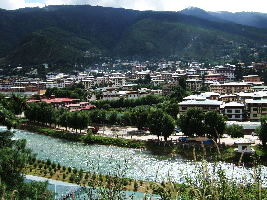Places to visit in Kerala
Things to do
Packages
Ideal Days
Best time to visit
Popular for
About Munnar
Munnar is among Kerala’s prettiest hill stations. Nestled in the clouds at an elevation of 6,000 ft above sea level, it is the meeting point of the Mudhirapuzha, Nallathanni and Kundali rivers. Its lofty peaks meet the serenity of its vast lakes, green shimmering forests and sprawling tea plantations to give the town its fabled beauty.
The lush greenery of the locale made it the home of the Malayarayan and Muthuvan tribals for thousands of years. But the beginning of the modern town came when Sir Charles Trevelyan tasked Colonel Douglas Hamilton with investigating the feasibility of establishing British sanatoria there. Soon, the region was found to be suitable for coffee plantations. John Daniel Munro, Henry Turn, and AW Turner acquired the Cardamom Hills from the Raja of Travancore, cleared the area’s dense shrubbery, and set up the first plantations there. Their labourers were usually brought from the nearby Madras Presidency. This heritage can be found sprinkled across the town at the confluence of two states. Alongside these, are an abundance of mushrooming legends and locations linked to the town’s colonial past and the days of the British Raj, giving it a quaint old-world charm.
Today, the hill station calls out most to families yearning for a break from the monotonous grind of everyday life in the city and couples in search of a romantic paradise. While there are great adventures and many fascinating historic and cultural trails to be pursued, Munnar is today the place most travellers visit to get close to nature, relax, and unwind.
WHAT TO SEE
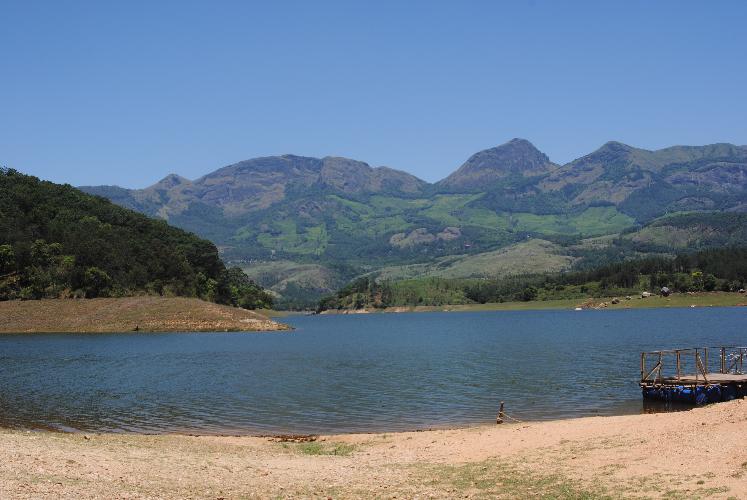
Other scenic lakes, like Devikulum and Kundala, also gain their reputation from a unique location, as they lie nestled in the hill town’s slopes. These have only built the reputation of Munnar’s breathtaking beauty. During the monsoons, gushing waterfalls only add to the visual splendour. The most famous of these are the Attukad and Chinnakanal waterfalls.
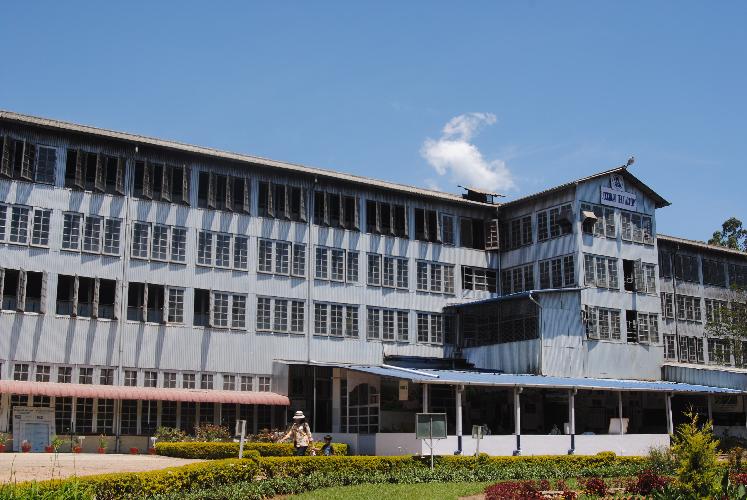
Another frequently visited museum is the more recently established Tata Tea Museum.
Colonial Munnar Mount Carmel Church: Scattered along the hillside are many remnants of Munnar’s old colonial plantation culture, some religious and others secular. The High Range Club is Munnar’s original elite tea planter’s club. Elsewhere, its century-old Mount Carmel Church was the first church of the High Ranges. Its unique structural style includes its construction, which was set at a vantage point to ensure the sound of its pealing bells carried far into the High Ranges. On another hillock, the CSI Church adds a touch of gothic charm to Munnar town. All these dots connect the fascinating story of early British planters who carved out a plantation town in the South Indian hills.
National parks: As a town carved out of dense forests, Munnar continues to border the wilderness. Several wildlife sanctuaries and national parks are found on its boundaries. The closest of these are the Eravikulam National Park, the Chinnar Wildlife Sanctuary and the Carmelagiri Elephant Park.
WHAT TO DO
Apart from a visit to the town’s scenic viewpoints, you could also explore Munnar’s tea plantations and old colonial heritage. There are walking trails that take you through its plantations and a visit to the Tea Museum is a unique insight into the art of making tea.
Our tip: Watch out for the Kathakali and Kalarippayattu performances in Munnar town every evening. They will certainly add a new dimension to your visit to the town and give you a glimpse into the many cultural arts of Kerala.
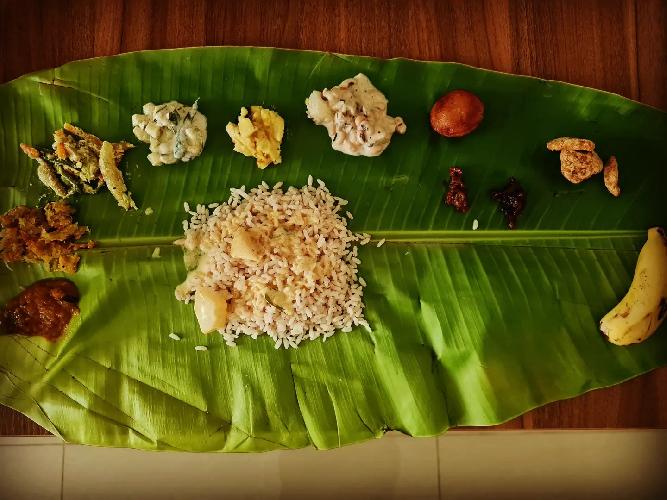
What to eat: The one cuisine item you must try on any visit to Kerala is its unique preparations of fish. For vegetarians, it is the best place to explore the Malayalee art of making avial. Only in this part of the country will you find a generous sprinkling of coconut over most of its vegetarian dishes. Like in the rest of India, a thali is a good option for those who want to sample a mix of the state’s offerings. Wash it all down, with one of the many varieties of Kerala payasam available here. They make the best desserts.

Our tip: The Tea Museum is the best place to buy tea. It’s the best tea produced in Munnar, in different varieties, at a good price.
Getting around: The easiest way to get around Munnar is to hire a cab for a day, which takes you to all its faraway points that are distributed in different parts of the town. Bikes or cycles are hard to come by here, as Munnar is most prepared to welcome families and couples on a relaxed honeymoon. The more adventurous and fit travellers could hike their way to each of this town’s sights. But, as most sites are spread out over extensive distances, be prepared for many long walks.
Where to stay: Most tourists visiting Munnar choose accommodation at its many homestays and resorts. But these are often located at distant parts of the town. So, when arranging your accommodation, check for the best views. Later work with your hosts to arrange transportation to visit the town’s top sites.
The best time to visit: Most tourists visit Munnar during the summer months between March and June. It’s the best way to escape the heat of the plains. But visiting Munnar in the monsoons July-September and the winter November-February is an experience too.
How to get there: Munnar is best connected to the rest of India by road. While backpackers and young people usually catch a bus to Munnar, families and couples often prefer to hire a taxi. The nearest functioning railway station is Udumalaipettai, while Ernakulam and Aluva are the closest major railway junctions. Munnar is also closest to the Cochin International Airport.
Content and photo credit: Christina Daniels
Munnar Rating & Reviews









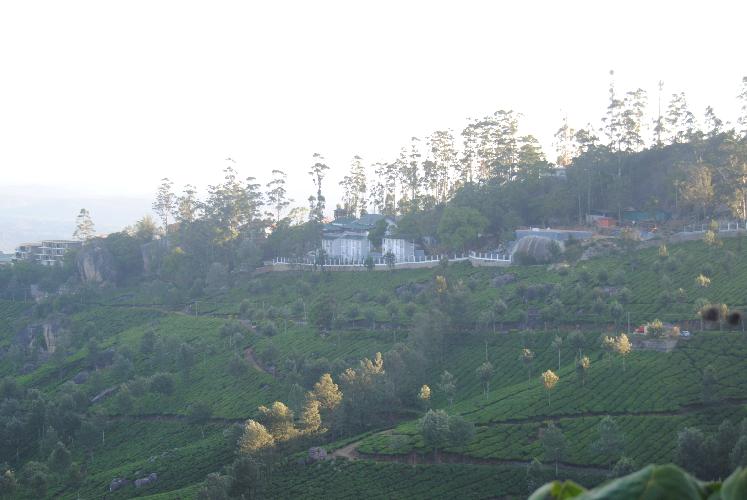
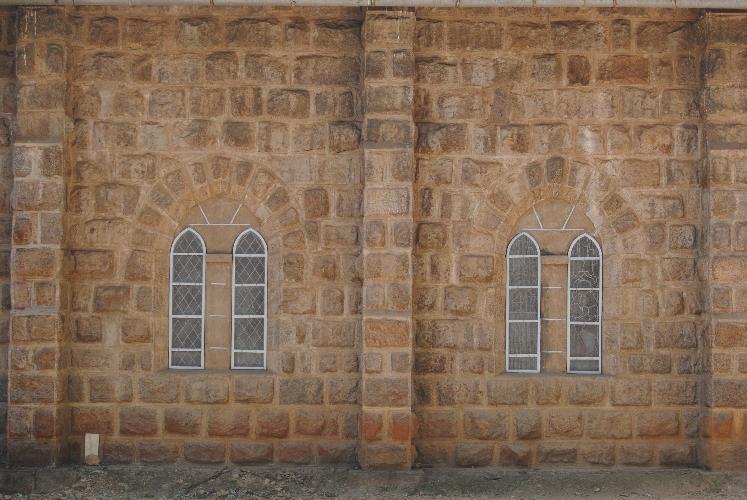
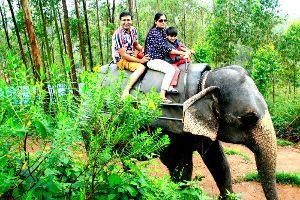
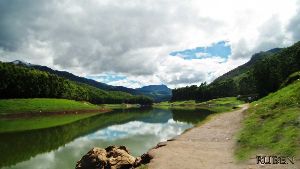
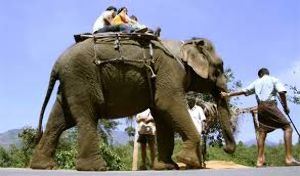
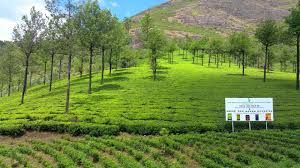
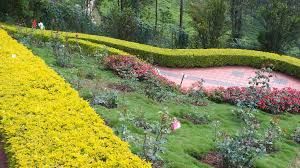
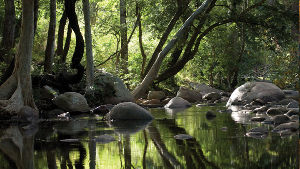
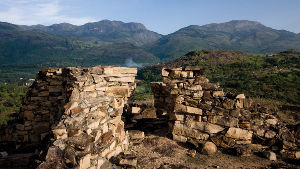
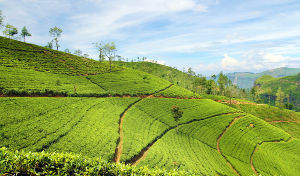

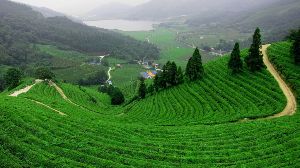

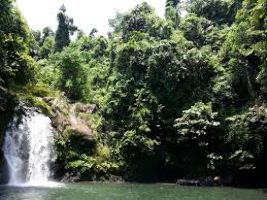
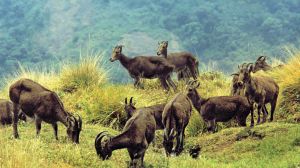
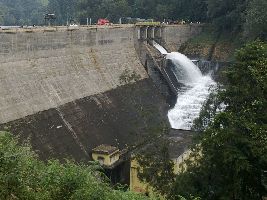
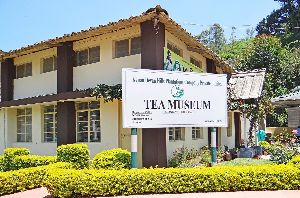
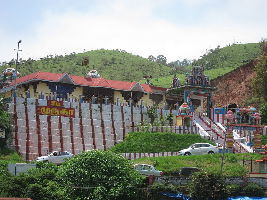

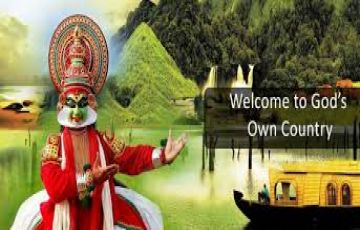
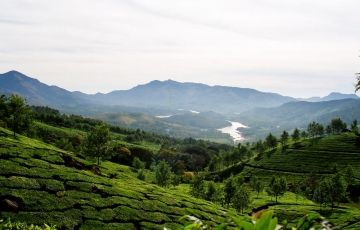
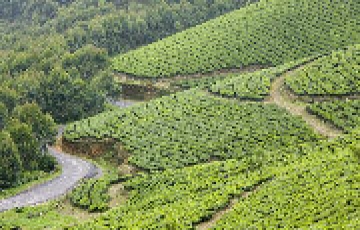

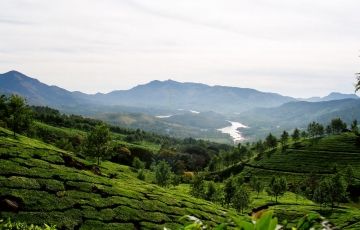
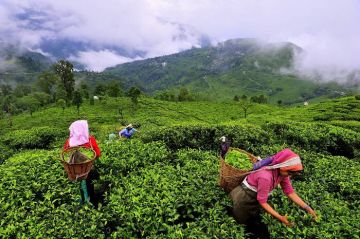
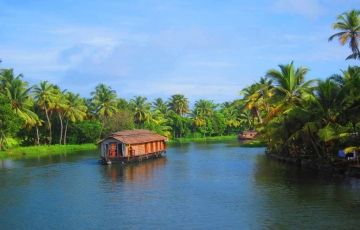


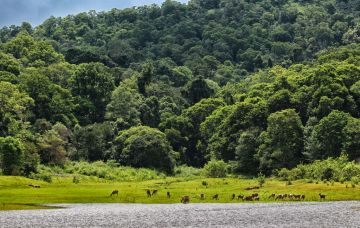
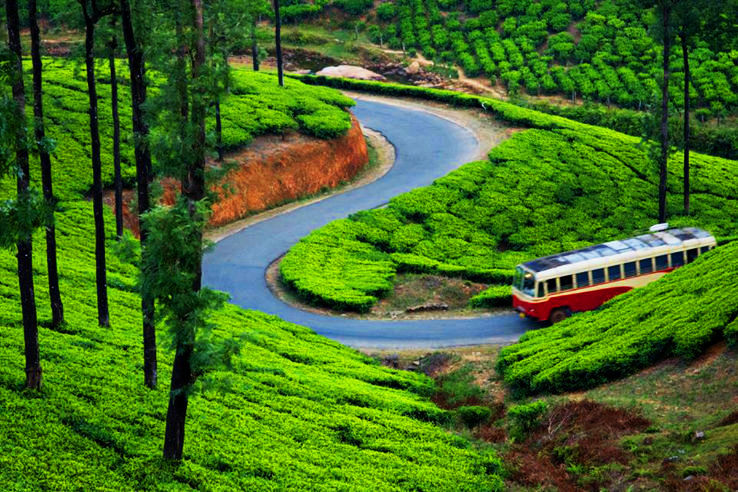
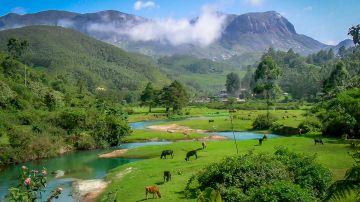
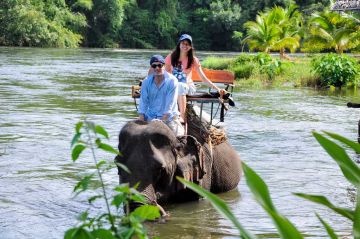
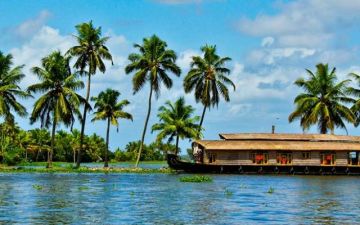
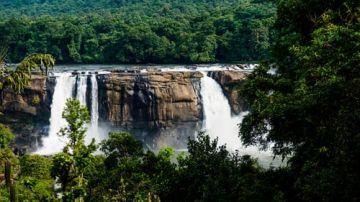
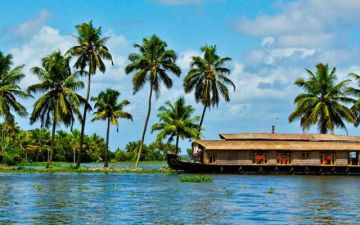

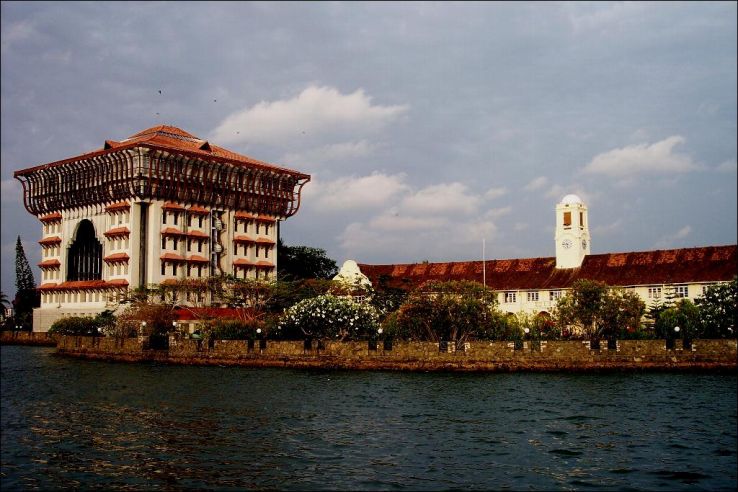
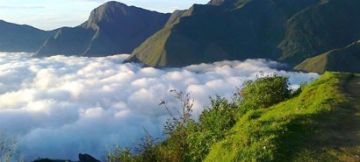

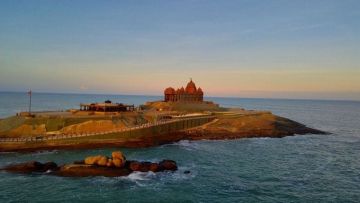
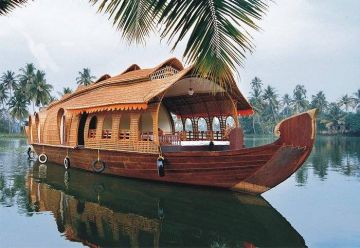
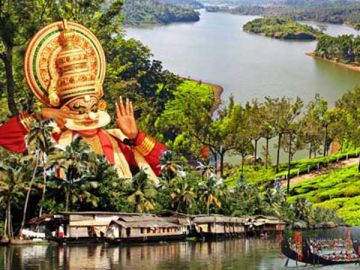
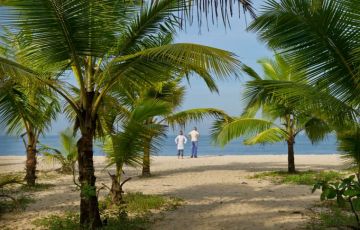

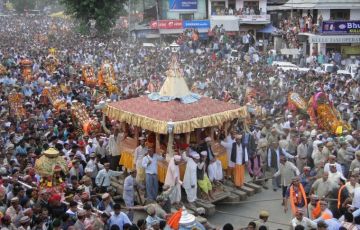
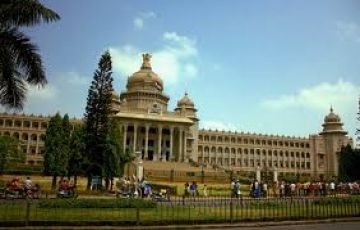
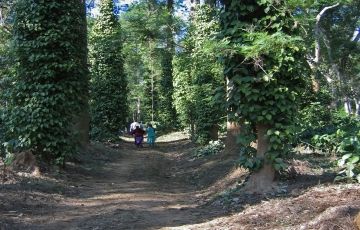
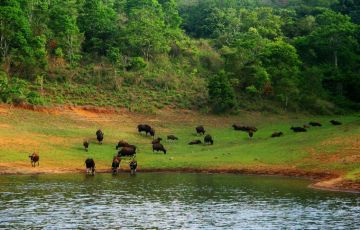
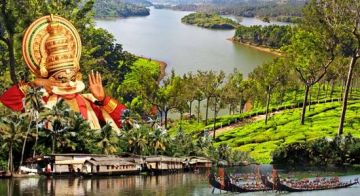

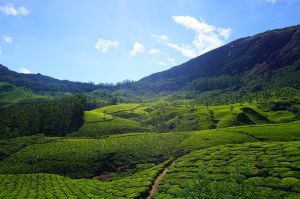
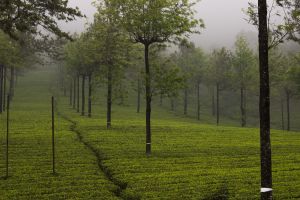



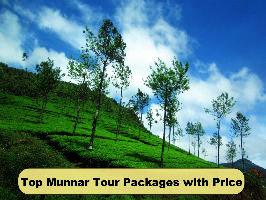

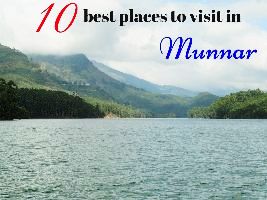

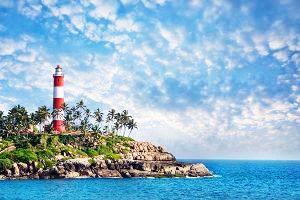
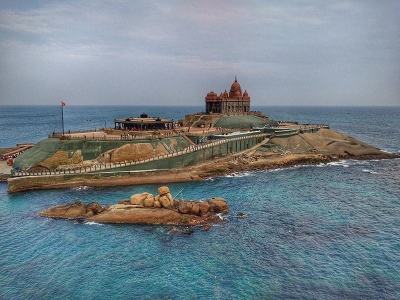
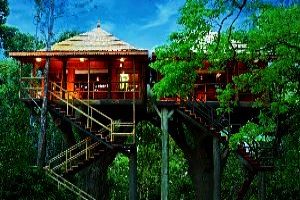
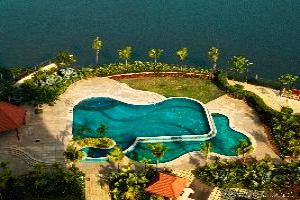
_1509646944m.jpg)
